1. Disneyland Skyway
Disneyland opened on July 17th, 1955 and the world has never been the same. While there are plenty of rides that have stood the test of time since opening day (we’re looking at you Jungle Cruise), Walt Disney himself said “Disneyland will never be completed.
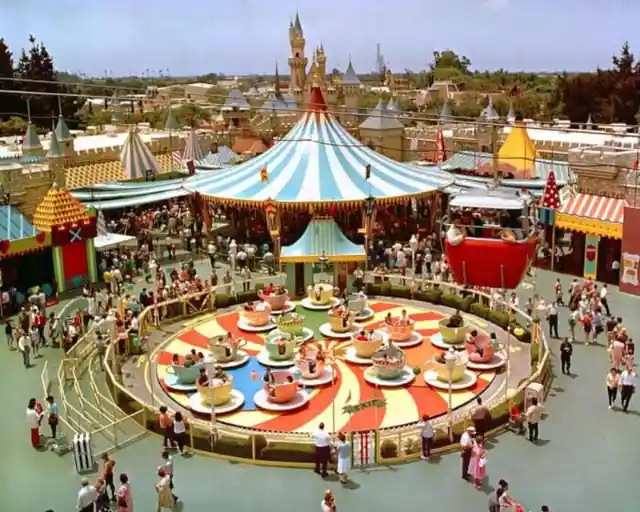
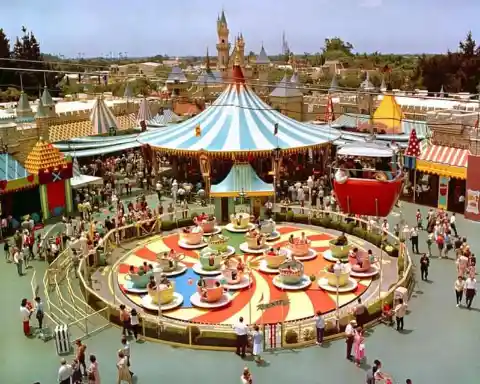
It will continue to grow as long as there is imagination left in the world.” With that being said, a few attractions have come and gone in the past 62 years. Let’s look at 12 Disneyland Attractions Long Forgotten!
The Disneyland Skyway was a gondola attraction open from 1956-1994. During the approximately 1200 ft trip, riders would travel between Fantasyland and Tomorrowland, passing through Matterhorn mountain along the way.
2. Flying Saucers
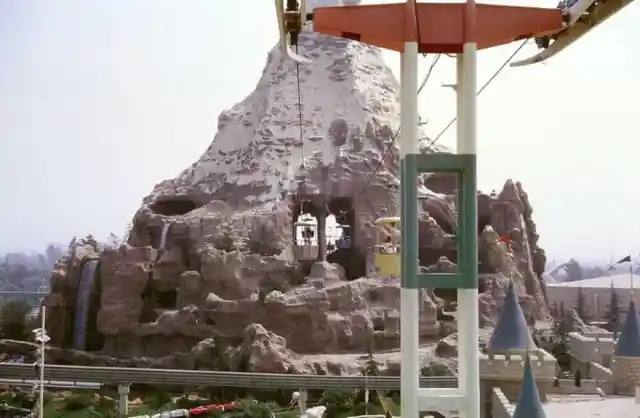
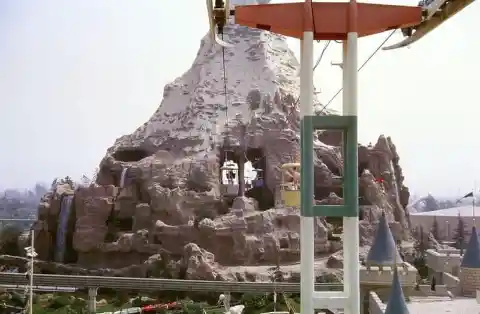
The ride was closed due to safety concerns from the aging structures.
The Flying Saucers in Tomorrowland were a single rider attraction from 1961-1966. Guests rode on personal flying saucers on a cushion of air, similar to an air hockey game, which played in a way similar to bumper cars with guests ramming each other with their saucers.
3. Monsanto House of the Future
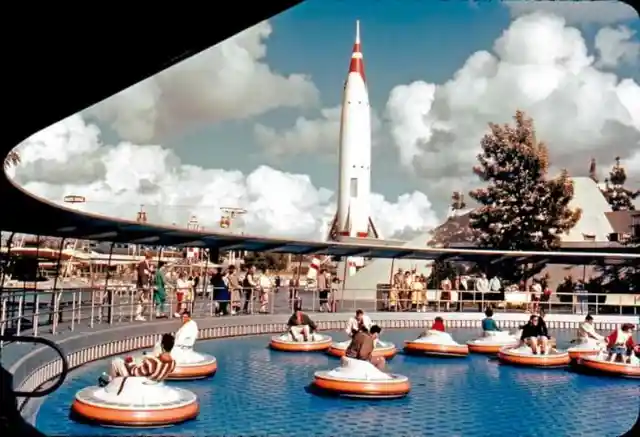
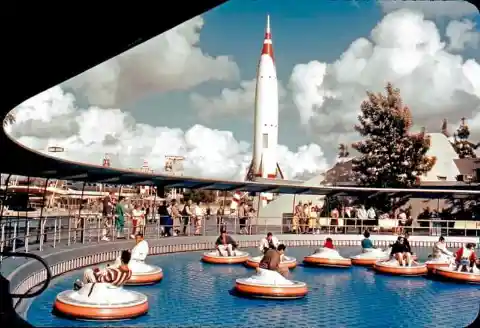
The attraction unfortunately closed during the New Tomorrowland renovation of 1967 due to slow operation times and high running costs.
The House of the Future was an early Tomorrowland attraction sponsored by the Monsanto Chemical Co. (of GMO fame) and jointly created by Walt Disney Imagineering, M.I.T., and Monsanto. The attraction was open between 1957 and 1967 and was a walkthrough tour of a future house set in 1986.
4. The People Mover
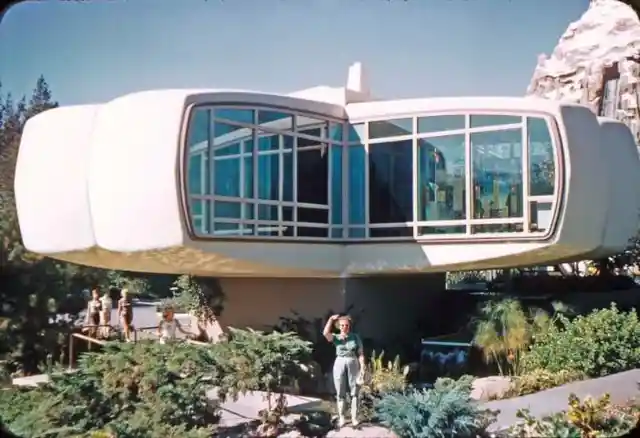
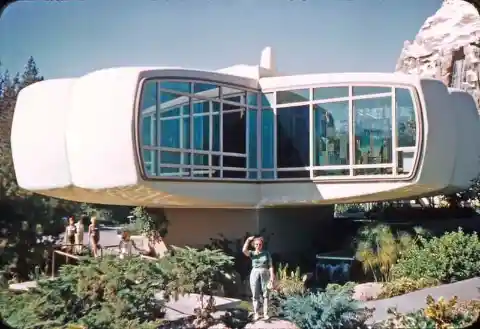
The house featured “futuristic” applianced like a microwave oven and the whole structure (sans footer) was made out of plastic. The structure was so sturdy that when it came time to demolish it, the inch-thick steel bolts that held the structure in place broke before the actual structure did.
Sometimes referred to as “The Goodyear PeopleMover” or the “WEDWay PeopleMover”, the People Mover was a Tomorrowland attraction that operated from 1967 - 1995. During the approximately 16 minute trip, the PeopleMover did a “grand tour” of the Tomorrowland area, weaving in and out of the various buildings that dotted the landscape.
5. Rocket Rods
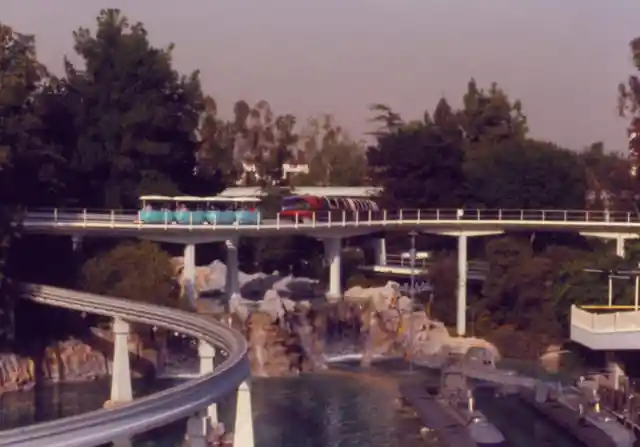
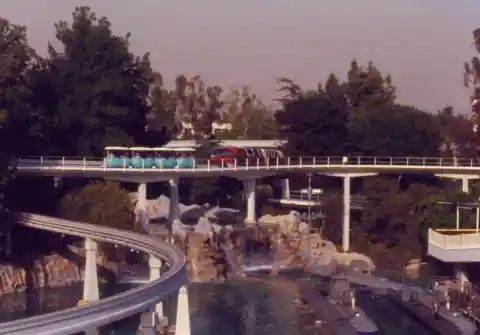
In 1982, the “speed tunnel” was updated with a Tron theme to coincide with the release of the movie. From that point on, the ride was named “PeopleMover Thru the World of Tron." The attraction closed to make way for an exciting new attraction “Rocket Rods,” but that was unfortunately very short lived.
Rocket Rods was a thrill attraction through Tomorrowland that operated from 1998-2000. Riders would board a 5 person car with inline seating and zoom around the existing PeopleMover structure at speeds of 35mph. The ride had a tragically short lifespan due to the fact that the ride featured very sudden acceleration and deceleration.
6. Adventure Thru Inner Space
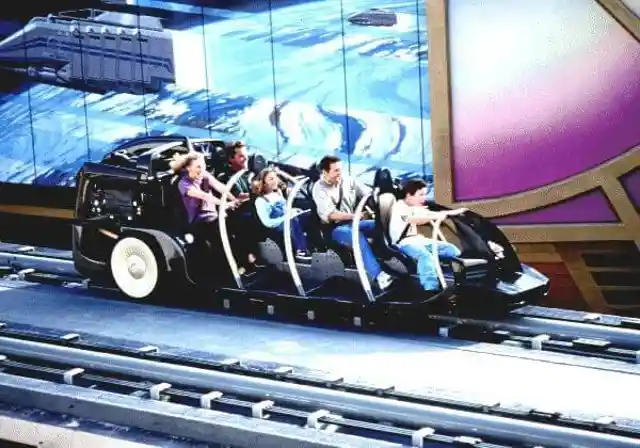
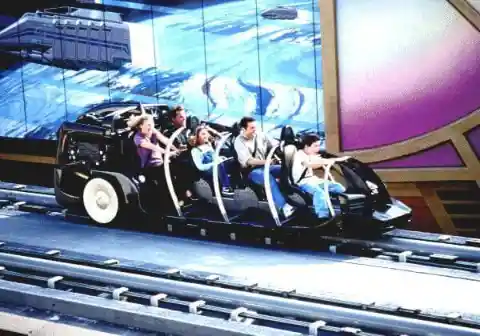
Couple that with the fact that the pre-existing PeopleMover structures couldn’t take the strain that the ride placed on it, the ride closed a mere 2 years after opening. The PeopleMover structures still wind through Tomorrowland to this day, but anyone hoping for a PeopleMover revival shouldn’t get their hopes up. Due to the re-tracking and renovation of Space Mountain from 2003-2005, the new track layout now occupies the former PeopleMover section that cut through the mountain.
Adventure Thru Inner Space was a Tomorrowland Attraction that operated from 1967-1985. The ride occupied the space that Star Tours now occupies. Adventure Thru Inner Space was a Monsanto-sponsored attraction that would “shrink” riders down to a subatomic size to adventure through the atoms of a snowflake.
7. Midget Autopia
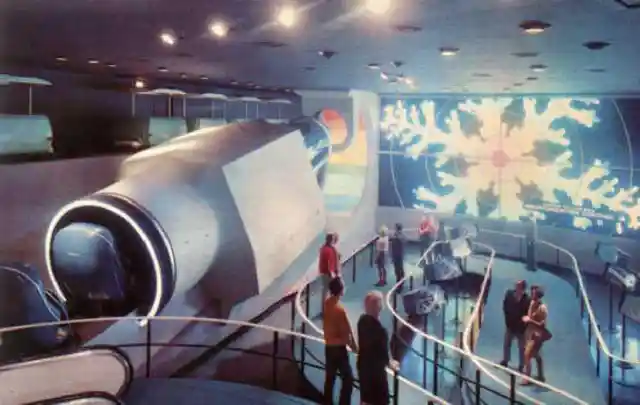
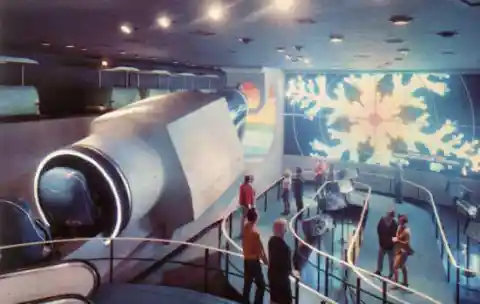
The ride was the first to use the “omnimover” system that is now found in rides such as The Haunted Mansion, Spaceship Earth, The Sea with Nemo and Friends, and The Little Mermaid: Ariel’s Undersea Adventure. Adventure Thru Inner Space was closed in 1985 to make way for the fan-favorite Star Tours.
Midget Autopia was a fantasyland attraction that operated from 1957-1966. The ride featured pint-sized cars for miniature riders that would “drive” along a predetermined path. Like Autopia proper, the riders would be able to control the car with the gas pedal, but the steering while was not functional (unlike Autopia).
8. Chicken of the Sea Pirate Ship and Restaurant
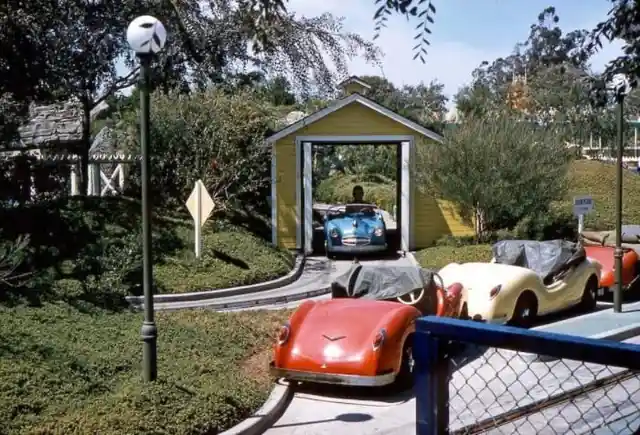
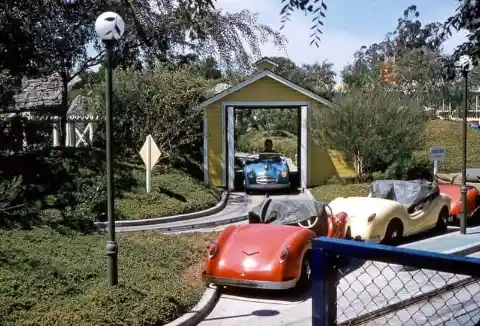
Midget Autopia was closed to make way for a wider path to It’s a Small World. The ride was actually donated to the town of Marceline, Missouri (the town where Walt Disney grew up) and operated for about 10 years.
The Chicken of the Sea Pirate Ship and Restaurant was a Disneyland landmark from 1955 until 1982, although the name changed to Captain Hook’s Galley when Chicken of the Sea dropped their sponsorship in 1969.
9. Mine Train Through Nature’s Wonderland
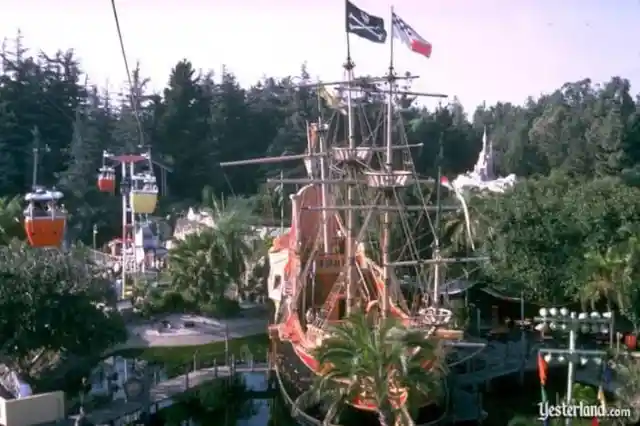
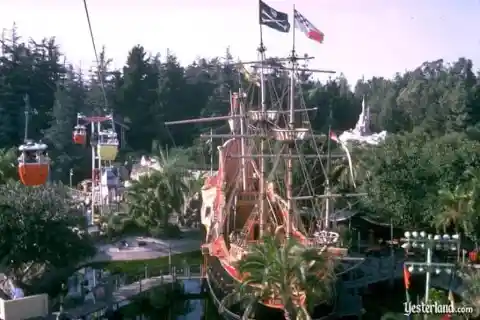
As you can imagine, this quick-service food location served all things tuna.
Mine Train Through Nature’s Wonderland was a railroad attraction in Frontierland that operated from 1960-1977. The ride was inspired by the True-Life Adventures produced by Disney. The ride through the fictional town of Rainbow Ridge, the Rainbow Caverns, and the living desert.
10. Pack Mules through Nature’s Wonderland
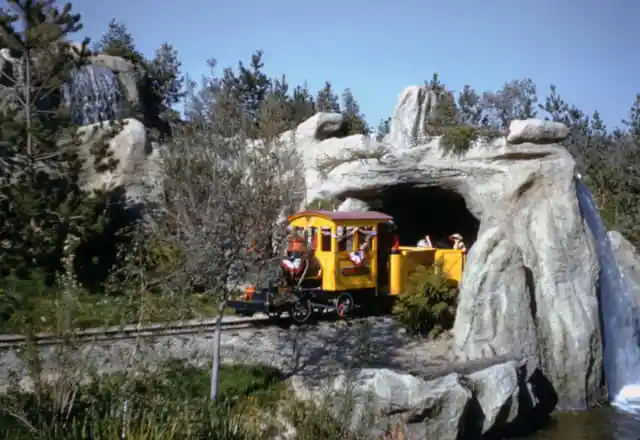
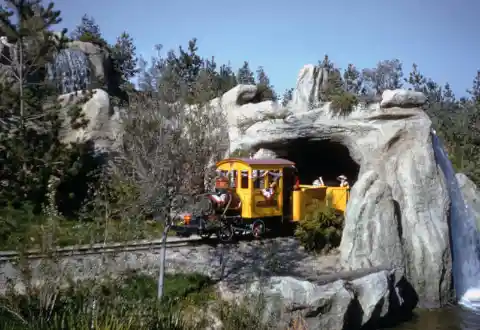
Featuring over 1000 audio-animatronics and a mountain with multiple waterfalls, the ride was a feat for it’s time. Surprisingly, the ride was an extension to the popular Rainbow Caverns Mine Train that opened in 1956. The ride closed in 1977 to make way for the timeless Big Thunder Mountain.
The Pack Mules attraction is exactly what it sounds like. Riders would ride on the back of a mule through the Nature’s Wonderland area, taking in the faux sights that the area provided.
11. Aladdin’s Oasis Dinner Show
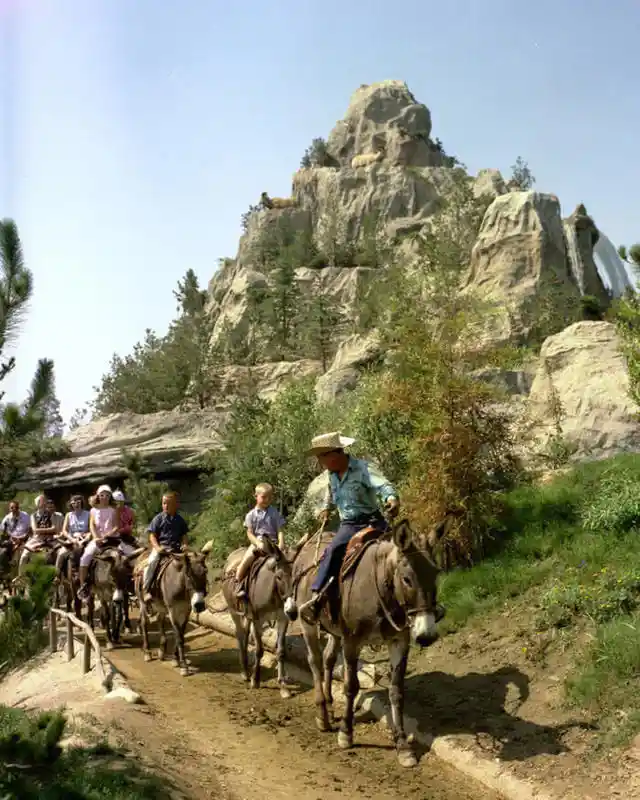
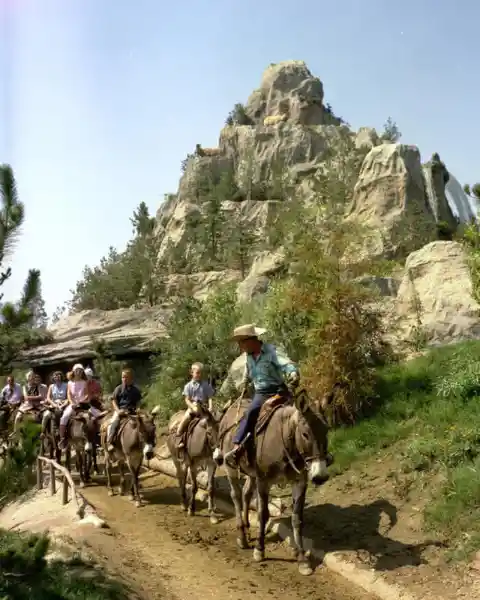
The ride had 3 iterations: Mule Pack from 1955-1959, Rainbow Ridge Pack Mules, and Pack Mules Through Nature’s Wonderland from 1960-1973. The Pack Mule attraction was ended in 1973 to make way for Big Thunder Mountain.
Operating as a 3 course dinner show during the summers of 1993,1994, and 1995, Aladdin’s Oasis was truly a spectacle. Unfortunately due to poor economics, the show cost more money to run than it was making, so they had to end the show portion of the venue. The venue operated as restaurant from 1995-1997.
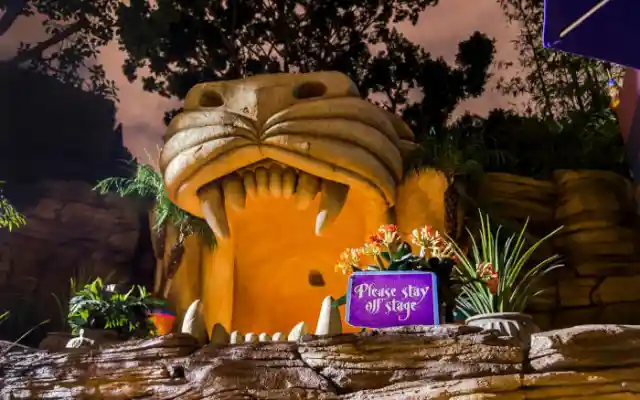
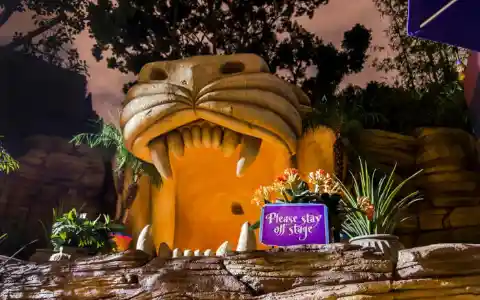
These days, the Oasis still stands, but hasn’t gotten much use. It is occasionally used for private functions or overflow dining.